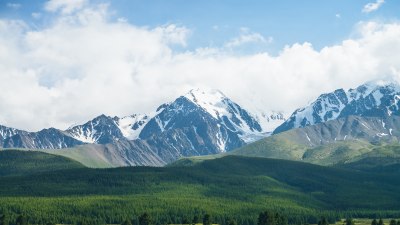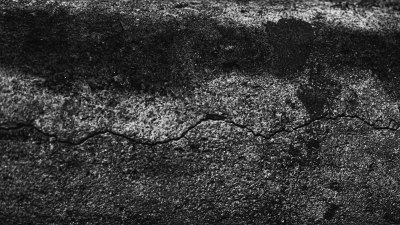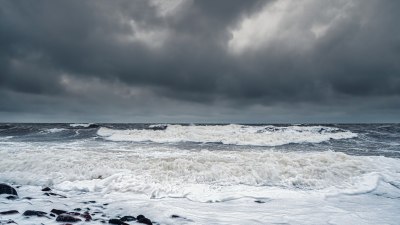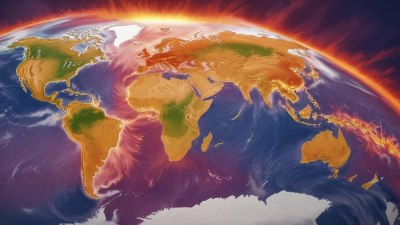Why Some Clouds Look Like UFOs Lenticular Cloud Mysteries
Explore the enigmatic lenticular clouds that resemble UFOs and unveil their fascinating mysteries.
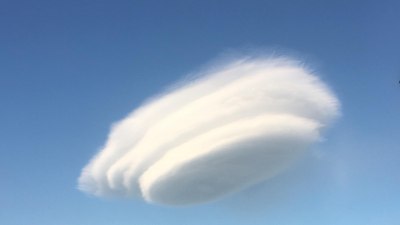
The sky is a canvas of constantly changing formations, yet few clouds evoke as much intrigue as lenticular clouds. These unique atmospheric creations often appear in disc-like structures, and their resemblance to flying saucers has inspired numerous UFO sightings across the globe. Understanding the formation and characteristics of these clouds can shed light on the science behind their appearance and why they capture our imagination in such a profound manner.
What Are Lenticular Clouds?
Lenticular clouds are a type of cloud formation that typically forms over mountain ranges or other geographical features that disrupt the flow of air. They develop in a stationary position and can appear as smooth, lens-shaped objects that sit horizontally in the atmosphere. The scientific term for these formations is “orographic clouds,” as they are directly influenced by the topography of the land below. While they may be mistaken for UFOs, lenticular clouds possess distinct features that set them apart from conventional cloud types.
Formation of Lenticular Clouds
Understanding the formation of lenticular clouds begins with the concept of laminar flow, which refers to the smooth movement of air in a streamlined manner. When moist air encounters an obstacle, such as a mountain, it is forced upward. As the air rises, it cools and condenses, forming clouds. Lenticular clouds emerge when the air flowing over the mountain creates a wave-like pattern. If conditions are right, the peak of the wave cools enough to produce a distinctive cloud formation that appears to hover above the terrain.
Characteristics of Lenticular Clouds
Lenticular clouds are characterized by their smooth, lens-like appearance and can vary in color, texture, and size. They often have a characteristic halo around them and can be quite large, extending several kilometers across. Their symmetrical shape causes them to reflect and refract sunlight, leading to spectacular lighting effects, especially at sunrise and sunset. These qualities not only make them visually striking but also help in their identification as lenticular clouds rather than other cloud types.
Why Do Lenticular Clouds Look Like UFOs?
The resemblance of lenticular clouds to UFOs is largely due to their shape and formation. The smooth, saucer-like outline, often accompanied by a flat bottom, can closely mimic the descriptions associated with unidentified flying objects. This similarity has contributed to numerous reports of UFO sightings, particularly in regions known for frequent lenticular cloud formations. It's important to note that while these clouds can appear almost otherworldly, they are a natural meteorological phenomenon rooted in atmospheric science.
Historical Context of Lenticular Clouds and UFO Sightings
Historically, many UFO sightings have been dismissed as misidentified natural phenomena. The first known report of a lenticular cloud being mistaken for a UFO dates back to the 1950s, during a rise in public interest in extraterrestrial life. Sightings of unusual cloud formations coincided with reports of UFOs, leading many to believe they were witnessing alien spacecraft. These occurrences highlighted the need for science to engage with popular culture, as well as the importance of education in meteorological phenomena.
Notable Instances of Lenticular Clouds
Several memorable instances of lenticular cloud sightings have captured the public's attention over the years. One notable example occurred in 2020, when a series of lenticular clouds appeared over the San Francisco Bay Area, causing a stir on social media. Users shared images of the clouds, describing them as resembling giant flying saucers. Similarly, lenticular clouds have been documented around Mount Rainier in Washington State, leading many to speculate about their origins and the various myths surrounding them.
Differences Between Lenticular Clouds and Other Cloud Types
Distinguishing lenticular clouds from other types of clouds is essential for those interested in meteorology or those wanting to better understand the atmosphere. Unlike cumulus clouds, which form from rising warm air, lenticular clouds form through the cooling and condensing of air over a geological feature. Furthermore, while cumulus clouds are fluffy and have an unpredictable shape, lenticular clouds maintain a layered structure, often appearing smooth and uniform. Other cloud types, such as stratus or cirrus, lack the characteristic lens shape and are typically formed under different atmospheric conditions.
Observing Lenticular Clouds
For those interested in witnessing lenticular clouds, the best approach is to keep an eye on mountainous regions, especially after weather systems move through. These clouds often form in the aftermath of a cold front, when the conditions are ripe for wave-like patterns in the atmosphere. Additionally, mornings and evenings provide the most dramatic lighting for these clouds, creating stunning visual displays as the sun rises or sets. Photographers and cloud enthusiasts alike venture to locations known for lenticular cloud activity to capture their beauty.
The Science of Cloud Formation and Weather Patterns
Beyond their aesthetic appeal, lenticular clouds serve as indicators of atmospheric processes and weather patterns. Their formation can signal the presence of wind shear or turbulence, and they help meteorologists understand airflow dynamics near mountains. The study of lenticular clouds also aids in weather prediction, as they often accompany changes in temperature and precipitation patterns. As scientifically fascinating as they are visually captivating, lenticular clouds provide insight into the Earth’s climate and weather systems.
Lenticular clouds captivate the imagination of both scientists and the public alike with their unique shape and ethereal presence. Their striking resemblance to UFOs has sparked intrigue and speculation as they have been mistaken for extraterrestrial craft on numerous occasions. By understanding the formation, characteristics, and historical context surrounding these clouds, one can appreciate the wonders of our atmosphere and be better equipped to differentiate between natural phenomena and flights of fancy. Whether you are a meteorologist, a cloud enthusiast, or an individual drawn to the mysteries of the sky, lenticular clouds remind us of the beauty and complexity of the natural world.



